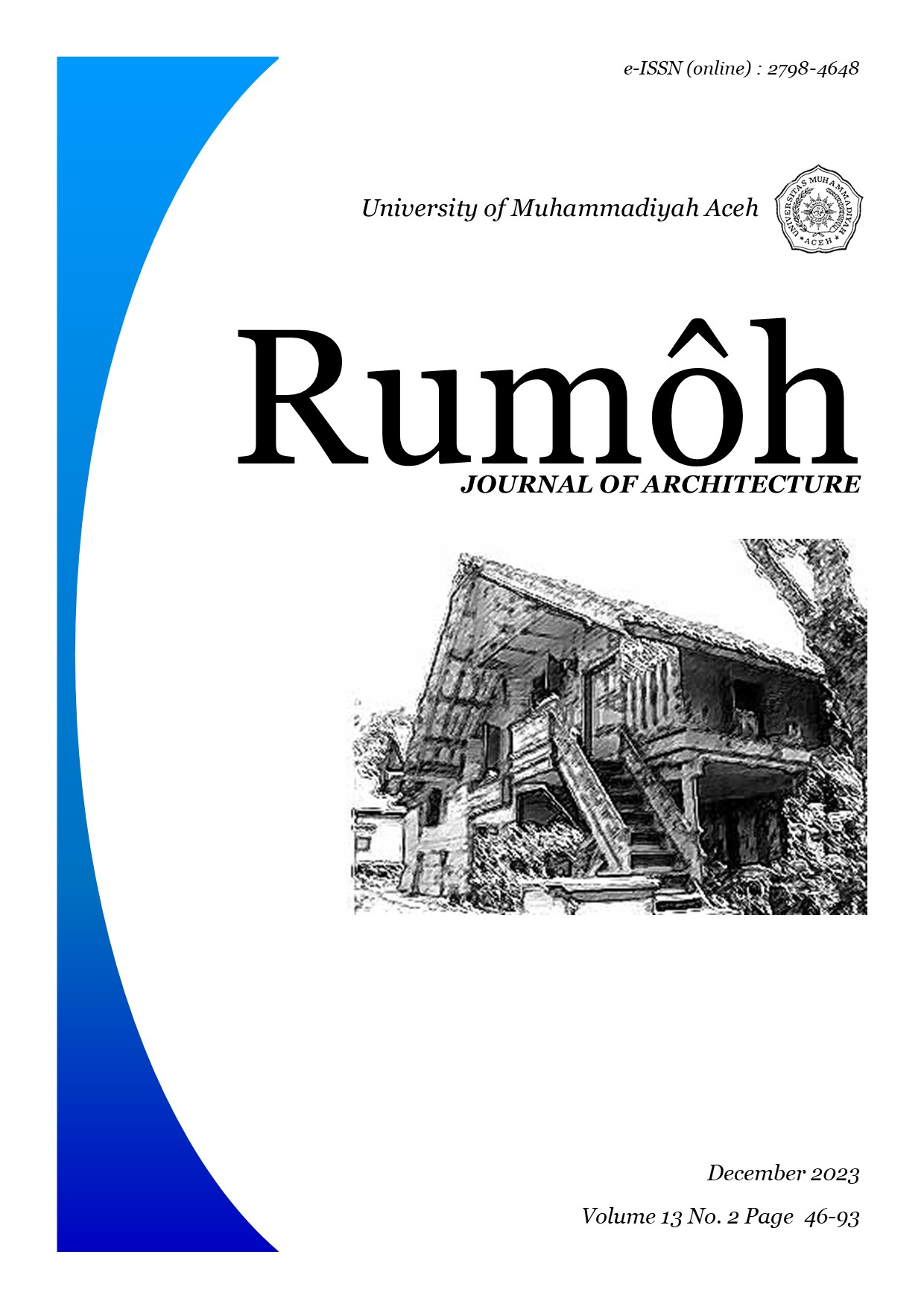The Utilization of Puskesmas Lampulo as the Vertical Escape Building Alternative due to Stakeholder Perception
DOI:
https://doi.org/10.37598/rumoh.v13i2.279Keywords:
Tsunami, Vertical Evacuation, Puskesmas LampuloAbstract
Indonesia’s geological location in an active seismic zone causes it highly prone to natural disasters, particularly earthquakes and tsunamis. One of the regions with a high level of tsunami risk is Aceh Province, especially the city of Banda Aceh. Kuta Alam Sub District as a coastal area of Banda Aceh is classified as a red zone for tsunamis. Several villages in this area have high population density and limited access to higher ground, thus rendering horizontal evacuation strategies less effective. In such conditions, vertical evacuation becomes a crucial alternative. This study aims to understand stakeholders’ perceptions regarding the utilization of Lampulo Community Health Center (Puskesmas Lampulo) as an alternative vertical evacuation building. The research was conducted using a qualitative approach through field observations and interviews. The findings indicate that Puskesmas Lampulo meets most of the criteria for a vertical evacuation site, including building height, structural strength, availability of supporting facilities, and accessibility. However, community awareness of the function of Puskesmas Lampulo as a vertical evacuation site remains low, even though residents recognize the strength of the building’s construction and are willing to use it in the event of a tsunami. Moreover, the lack of comprehensive coordination among relevant parties—such as Puskesmas Lampulo, the Lampulo Village Government, the Regional Disaster Management Agency (BPBD), and the Health Office—has resulted in the absence of a standardized SOP for the use of the facility as an evacuation site.
Downloads
Published
Issue
Section
License

This work is licensed under a Creative Commons Attribution-NonCommercial 4.0 International License.











